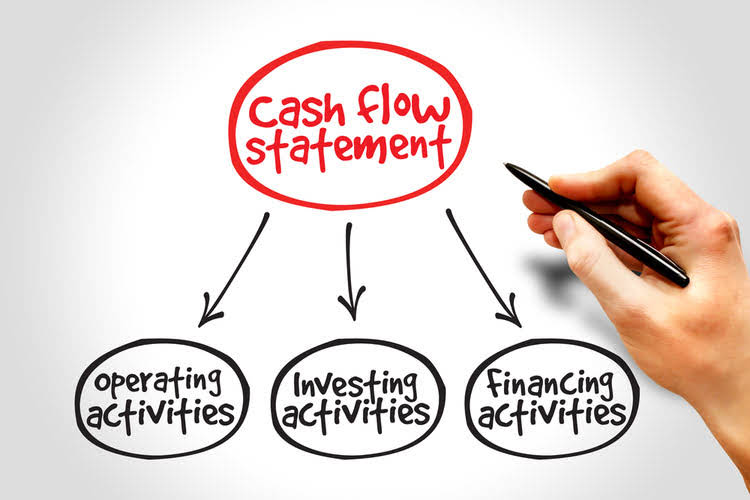
Less mature companies need to retain more profit in shareholder’s equity for stability. Revenue provides managers and stakeholders with a metric for evaluating the success of a company in terms of demand for its product. As a result, it is often referred to as the top-line number when describing a company’s financial performance. Since revenue is the income earned by a company, it is the income generated before the cost of goods sold (COGS), operating expenses, capital costs, and taxes are deducted. Retained earnings also play a crucial role in financial ratio analysis, offering insights into a company’s performance and stability. One key https://www.bookstime.com/ ratio influenced by retained earnings is the return on equity (ROE), which measures a company’s profitability relative to shareholders’ equity.

What Is the Difference Between Retained Earnings and Dividends?

Retained earnings can also be thought of as the cash reserved for reinvestment in business growth. Retained earnings for a single period can reveal trends in the company’s reinvestment, but they don’t tell you how those funds are used, or what the return on investment is. Looking at retained earnings can be useful, but they’re more valuable when observed over a longer period of time.
- Retained earnings, on the other hand, are reported as a rolling total from the inception of the company.
- A higher retained earnings balance can lead to a higher EPS, making the company’s stock more attractive to potential investors.
- Also, keep in mind that the equation you use to get shareholders’ equity is the same you use to get your working capital.
- Since net income is added to retained earnings each period, retained earnings directly affect shareholders’ equity.
- Gross revenue is the total amount of revenue generated after COGS but before any operating and capital expenses.
- For an analyst, the absolute figure of retained earnings during a particular quarter or year may not provide any meaningful insight.
Company

Well-managed businesses can consistently generate operating income, and the balance is reported below gross profit. They the retained earnings account normally: are a type of equity—the difference between a company’s assets minus its liabilities. Businesses can choose to accumulate earnings for use in the business or pay a portion of earnings as a dividend. For instance, if your business has $20,000 left over after covering all its financial responsibilities—including operating expenses like employee salaries—you would report that money as retained earnings.

Ask Any Financial Question
- Sandra’s areas of focus include advising real estate agents, brokers, and investors.
- Both management and stockholders would also want to utilize surplus net income towards the payment of high-interest debt over dividend payout.
- These earnings are considered « retained » because they have not been distributed to shareholders as dividends but have instead been kept by the company for future use.
- Also, mistakes corrected in the same year they occur are not prior period adjustments.
Any probable and estimable contingencies must appear as liabilities or asset impairments rather than an appropriation of RE. A company’s management team always makes careful and judicious decisions when it comes to dividends and retained earnings. Retained earnings is the cumulative amount of earnings since the corporation was formed minus the cumulative amount of dividends that were declared.
- Retained earnings allow businesses to fund expensive asset purchases, add a product line, or buy a competitor.
- This essentially refers to the business’ net profit generated during the period, after subtracting business expenses from your revenue.
- Then, calculate your income along with your loss while ensuring accuracy; double-check your figures.
- It reconciles the beginning balance of net income or loss for the period, subtracts dividends paid to shareholders and provides the ending balance of retained earnings.
- Companies will also usually issue a percentage of all their stock as a dividend (i.e. a 5% stock dividend means you’re giving away 5% of the company’s equity).
For smaller companies, this may be as easy as calculating the number of products sold times the sales price. For larger, more complex companies, this will be all units sold across all product lines. According to the provisions in the loan agreement, retained earnings available for dividends are limited to $20,000. According to the provisions in the loan agreement, retained earnings available for dividends are limited to $20,000. The retained earnings amount can also be used for share repurchases which can help improve the value retained earnings of your company stock. If every transaction you post keeps the formula balanced, you can generate an accurate balance sheet.






